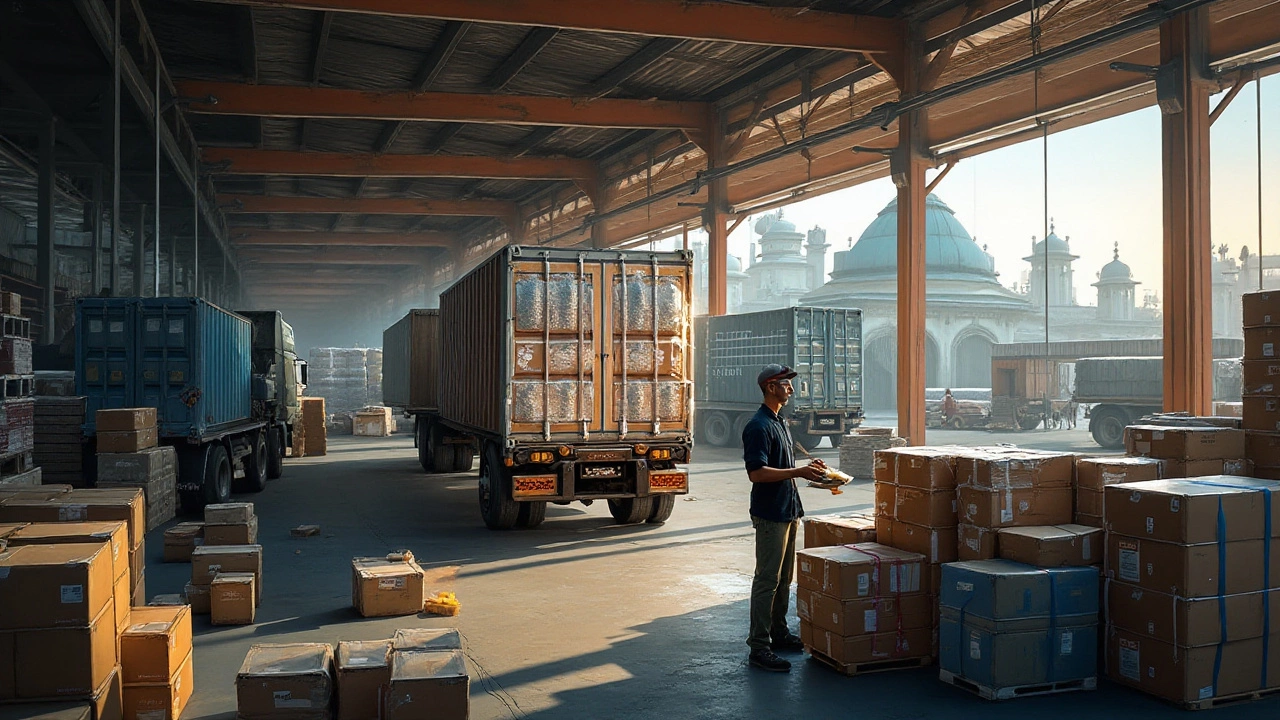India to USA: Your Quick Guide to Shipping, Trade and Customs
Thinking about sending products from India to the United States? You’re not alone. Hundreds of businesses ship everything from furniture to electronics across the Pacific every day. The process can feel confusing, but you don’t need a PhD in logistics to get it right.
First, figure out what you’re moving. Different product categories face different rules. For example, medical devices need FDA clearance, while textiles require a specific HS code and may be subject to quotas. Knowing the exact classification saves you from surprise fees later.
Step‑by‑Step Shipping Checklist
1. Choose the right freight mode. Air freight is fast but pricey—ideal for high‑value or time‑sensitive goods. Sea freight is cheaper for bulk shipments, though it takes weeks. Many companies use a combination: air for samples, sea for the main order.
2. Get a reliable freight forwarder. A good forwarder handles booking, documentation, and helps you navigate customs. Look for partners who specialize in India‑USA lanes and have clear pricing structures.
3. Prepare paperwork. The core documents include the commercial invoice, packing list, bill of lading, and certificate of origin. If your product is regulated, you’ll also need permits or testing reports. Double‑check every field; a typo can cause a hold at the border.
4. Calculate duties and taxes. The US uses the Harmonized Tariff Schedule (HTS) to set rates. Tools like the US International Trade Commission’s calculator let you estimate landed cost. Remember to add any additional fees such as anti‑dumping duties or Section 301 tariffs.
Common Pitfalls and How to Avoid Them
One big mistake is under‑declaring value to cut duties. Customs catches this quickly, leading to fines and delayed shipments. Instead, be transparent and factor duties into your pricing.
Another trap is ignoring packaging regulations. The US has strict rules on labeling, especially for food, chemicals, and consumer goods. Use clear English labels, include country of origin, and follow any FDA or EPA guidelines.
Lastly, don’t forget about import‑export licenses. Some items—like certain chemicals or defense equipment—require special permissions from the Indian Ministry of Commerce and the US Department of State. Apply well in advance to keep your timeline on track.
When everything lines up—correct HS code, proper documentation, accurate value declaration, and compliant packaging—your shipment moves smoothly. You’ll see fewer holds, lower unexpected costs, and happier customers on both sides of the ocean.
Ready to start? Begin by listing your product’s HS code, contact a freight forwarder with India‑USA experience, and run a quick duty estimate. From there, you’ll have a clear roadmap from factory floor in India to the final doorstep in the United States.

Cost-Effective Strategies for Shipping Electronics from India to USA
Shipping electronics from India to the USA involves various cost factors including packaging, transportation, and customs duties. Understanding the logistics and regulations can help companies save money and time. Cost-effective strategies include choosing the right shipping partner and considering bulk shipping options to maximize efficiency. By planning and negotiating smartly, businesses can effectively manage their shipping expenses.
Read More